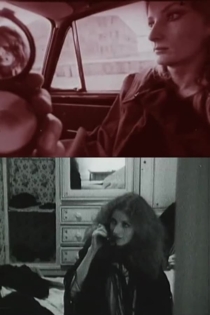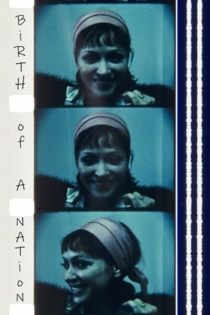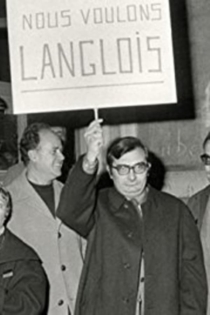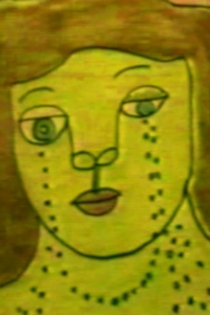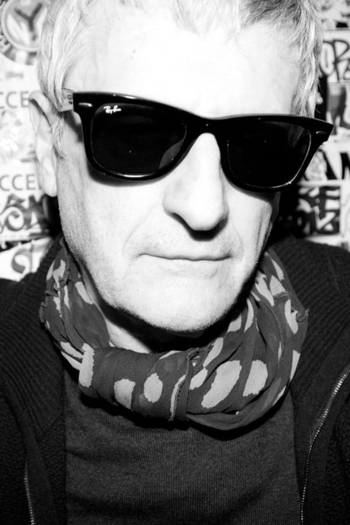
Michel Auder
2021Chromo sud
Étienne O'Leary
Anne-Marie, Michel Auder
One of the very few films made by Etienne O'Leary, all of which emerged from the French underground circa 1968 and can be very loosely designated 'diary films.' Like the contemporaneous films by O'Leary's more famous friend Pierre Clementi, they trippily document the drug-drenched hedonism of that era's dandies. O'Leary worked with an intoxicating style that foregrounded rapid and even subliminal cutting, dense layering of superimposed images and a spontaneous notebook type shooting style. Yet even if much of O'Leary's material was initially 'diaristic,' depicting the friends, lovers, and places that he encountered in his private life, the metamorphoses it underwent during editing transformed it into a series of ambiguously fictionalized, sometimes darkly sexual fantasias. - Experimental Film Club
Chromo sud

Homeo
Étienne O'Leary
Michèle Giraud, Yves Beneyton
Homeo is a mental construction made from visual reality, just as music is made from auditive reality. I put in this film no personal intentions. All my intentions are personal. I’ve made this film thinking of what the audience would have liked to see, not something specific that I wanted to say: what the film depicts is above all reality, not fiction. Homeo is, for me, the search for an autonomous cinematographic language, which doesn't owe anything to traditional narrative, or maybe everything. Cinema is, above all, part of a way of life which will become more and more self-assured in the years and century to come. We are part of this change, and that’s why I tried in Homeo to establish a series of perpetual changes, in constant evolution or regress, which tries, above all, to focus on things.
Homeo

Chelsea Girls with Andy Warhol
Michel Auder
Brigid Berlin, John Lennon
In 1969 Michel Auder began a series of video diaries that chronicled the art scene in downtown New York. In Chelsea Girls with Andy Warhol, Auder captures revealing moments in Warhol's public and private life: the opening of the 1970 Whitney Museum retrospective, a party held at John Lennon and Yoko Ono's home, a heated telephone conversation between Warhol, Viva and Brigid Berlin, and an illuminating interview conducted with Larry Rivers, the grandfather of Pop Art, following the publication of The Philosophy of Andy Warhol in 1975. The issue of money is a consistent topic of conversation with Viva, who after departing the Factory in 1969 sent Warhol a series of threatening letters demanding money.
Chelsea Girls with Andy Warhol
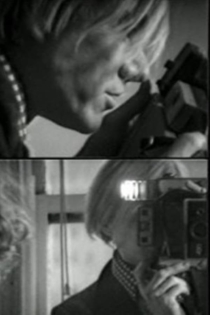
Fun and Games for Everyone
Serge Bard
Caroline de Bendern, Amanda Lear
“FUN AND GAMES (FOR EVERYONE): a pitch black and milky white film shot during one of Olivier Mosset's exhibition openings. A psychedelic game of improvisation joins the Zanzibar group with Salvador Dalí, Barbet Schroeder and Jean Mascolo... the solarized image reminiscent of thick strokes of a paintbrush.” - Philippe Azoury
Fun and Games for Everyone
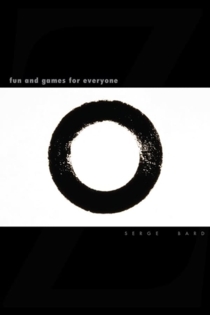
The Feature
Michel Auder, Andrew Neel
Michel Auder, Viva
The Feature does not reconcile fact and fiction; instead, it blurs the definitions seemingly represented by the film’s two clearly demarcated registers: that of the archival footage and that of the new, theatrical material. In his guise as “Michel Auder,” living a fulsome and extravagant life, replete with beautiful women and a rock-cut pool overlooking Los Angeles, the art world is revealed as a sham, and his character exhibits a repulsive narcissism. And yet, when caught in quiet moments, something poignant emerges—a glimmer of truth that rebels against the entire endeavour. Or maybe, that’s what makes The Feature.
The Feature

Cleopatra
Michel Auder
Viva, Gerard Malanga
Cleopatra situates itself in the same relationship to Hollywood as the Warhol/Morrisey films of the period. It corresponds to Joseph Mankiewicz's 1963 Cleopatra, starring Elizabeth Taylor and Richard Burton which Auder's cast watched and used as the starting point for scene by scene improvisation Auder drew his cast from Warhol's ensemble – including not only Viva and Louis Waldon, but also Taylor Mead, Ondine, Andrea Feldman, Gerard Melanga and others.
Cleopatra

A Coupla White Faggots Sitting Around Talking
Michel Auder
Alexandra Auder, Geoffrey Carey
Critic Gary Indiana wrote this satire and plays Dom, a rich, naive and young homosexual who moves into his sister's apartment. He immediately becomes involved with the lives of his quirky new neighbors. Rippley (Taylor Meade) is the chatty but depressed author and talk show host. Dominatrix Mavis (Cookie Mueller) drops by to visit or ask for child sitting favors when free from the demands of her kinky clients. Jackie Curtis plays Buddie, the handsome hunk who picks up Dom in a local bar, and Geoffrey Carey is the Angel of Death who carefully watches over all activity. (IMDb)
Coupla White Faggots Sitting Around Talking

Jesus
Michel Auder
Taylor Mead, Florence Lambert
Michel Auder’s Jesus – in which underground NY artists and Warhol superstars openly discuss their beliefs. Jesus – which premiered as a screening at The Kitchen in 1980 – mixes documentary elements such as footage of evangelical TV programs, books, cartoons, paintings, and other Jesus related imagery – with performances including Taylor Mead as a priest in the West Village and Florence Lambert playing a crucified Jesus. Also, intercut throughout are surprisingly candid interviews with Auder’s friends, family, and people he approaches on New York City streets about their faith and relationship to the world’s most famous person. Among those interviewed are Diego Cortez, Jackie Curtis, Gerard Malanga, Alice Neel (Andrew Neel’s grandmother), Larry Rivers, and Viva.
Jesus
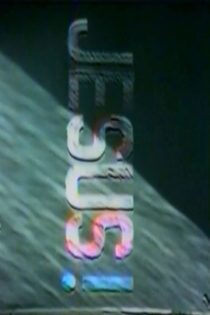
Untitled (I Was Looking Back To See If You Were Looking Back At Me To See Me Looking Back At You)
Michel Auder
Michel Auder dedicated himself to capturing the views from his apartment over the course of a year. This three-channel video installation from 2014 is based on that footage.
Untitled (I Was Looking Back To See If You Were Looking Back At Me To See Me Looking Back At You)

